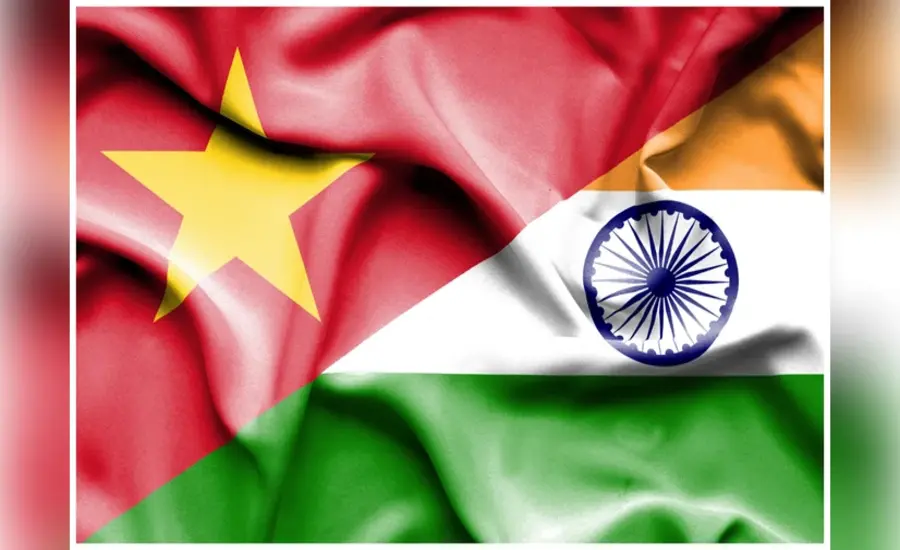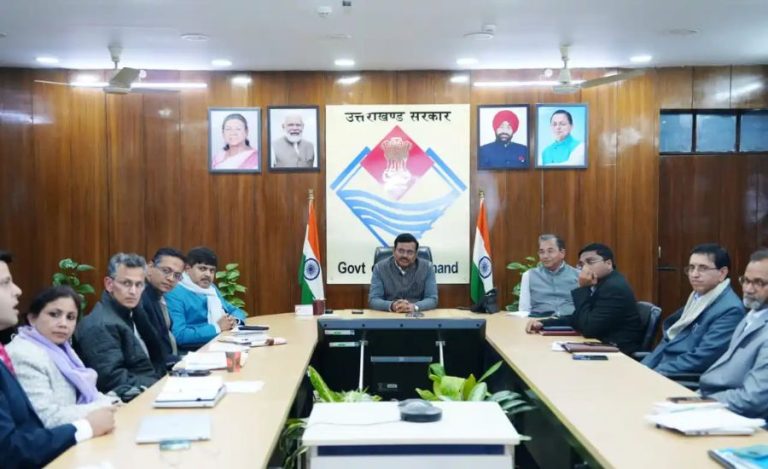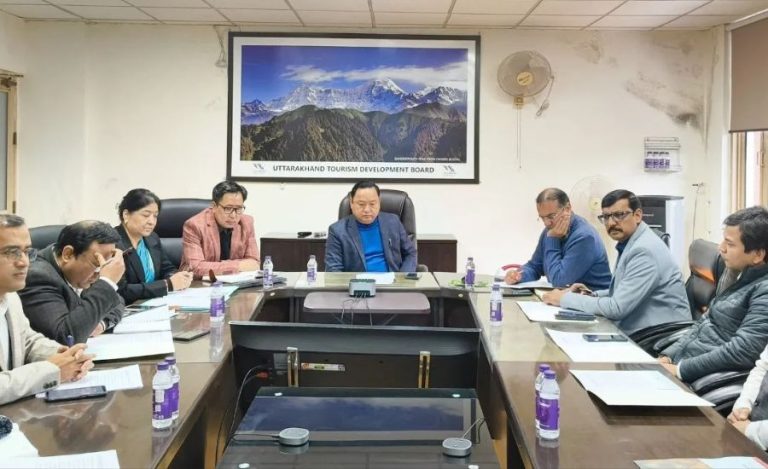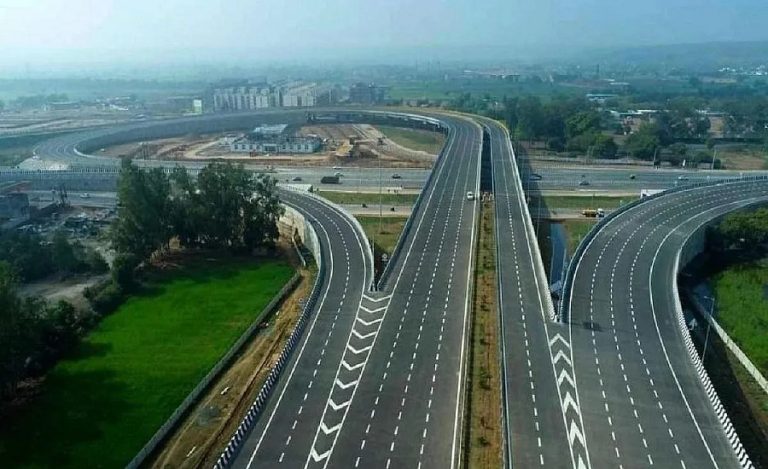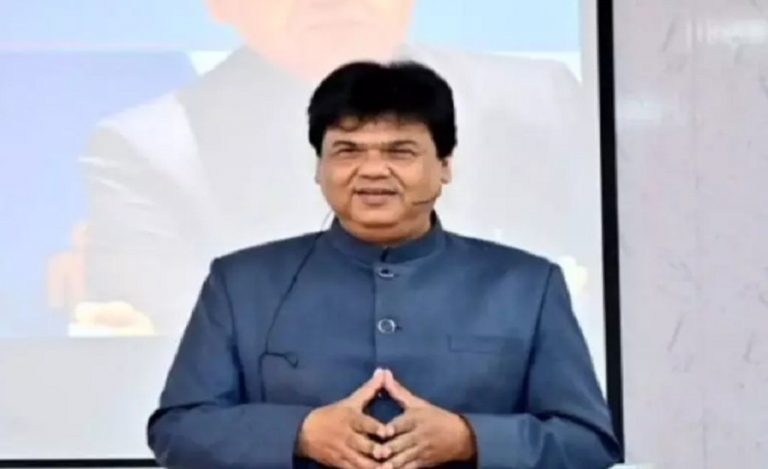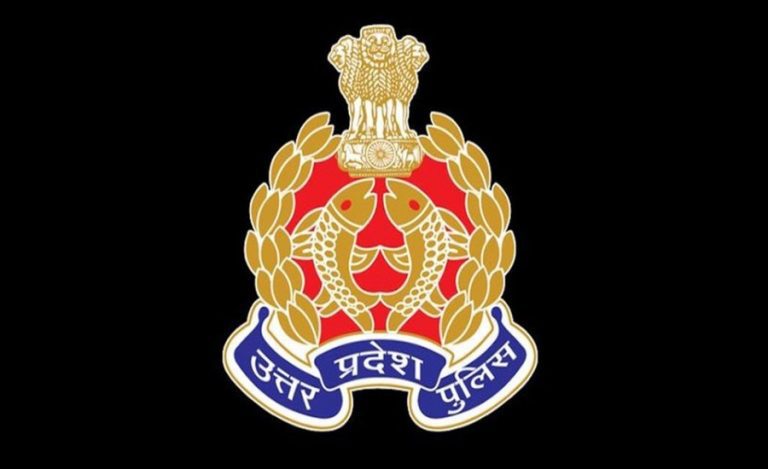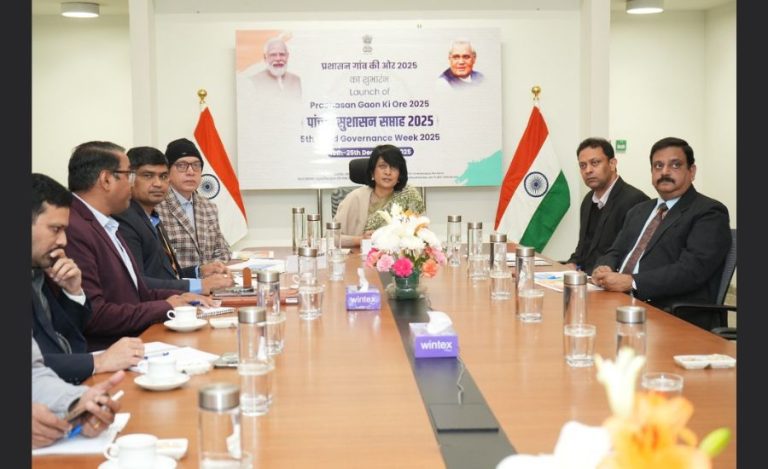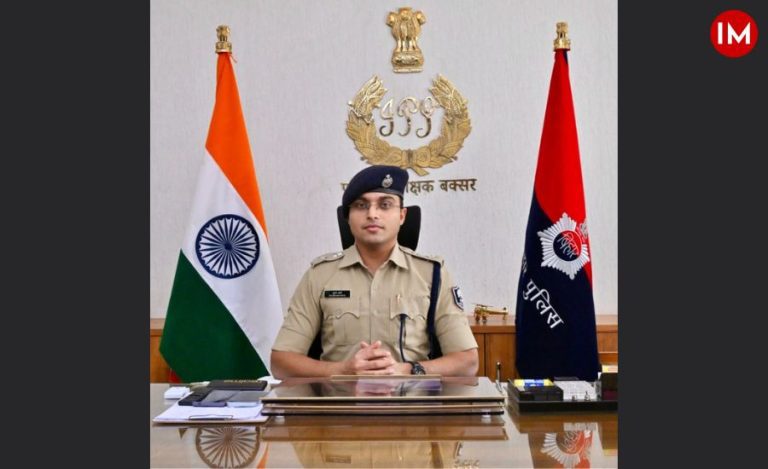New Delhi: In a significant move on 10 November 2025, Hanoi hosted the 15th edition of the India–Vietnam Defence Policy Dialogue (DPD), wherein India and Vietnam formalised two landmark agreements aimed at deepening their defence cooperation.
These new pacts mark an elevated operational and strategic engagement, especially in maritime safety, defence manufacturing and emerging-domain security.
Background of India Vietnam Defence Cooperation
India and Vietnam have steadily built their bilateral ties since elevating their relationship to a “Comprehensive Strategic Partnership” in 2016. The defence pillar of this partnership, especially in the maritime realm, has been a constant focus.
During the 15th DPD, both sides reviewed progress in hydrography, capacity-building, ship-visits, peace-keeping cooperation and niche areas like artificial intelligence and shipyard modernisation.
Against the backdrop of an increasingly contested Indo-Pacific maritime environment, these discussions assume additional strategic weight.
Importance of the India Vietnam Defence Cooperation
The two key instruments signed during the Dialogue:
- A Memorandum of Agreement (MoA) on Mutual Submarine Search, Rescue Support and Cooperation, setting a formal mechanism for coordinated submarine distress operations and increased naval interoperability.
- A Letter of Intent (LoI) on Defence Industry Cooperation, which paves the way for technology transfer, joint production, exchange of experts and design-manufacture linkages under India’s “Make in India” and Vietnam’s defence modernisation drive.
- They deepen maritime safety and under-sea operational readiness in an era of heightened submarine and maritime domain activity.
- They strengthen the defence-industrial base of both nations, supporting self-reliance while aligning with broader regional security imperatives.
- They demonstrate the evolving nature of India-Vietnam ties beyond diplomacy into concrete operational and industrial domains.
Challenges in India Vietnam Defence Cooperation
While the agreements are promising, implementation will face several challenges:
1. Operational interoperability: Submarine rescue operations require highly specialised skills, equipment, joint training and shared protocols. Coordinating across navies with different systems will take time.
2. Technology transfer and joint-production risks: Defence industry collaboration often runs into hurdles such as export controls, IP issues, cost-sharing and aligning priorities of two sovereign defence ecosystems.
3. Regional security dynamics: As both nations deepen cooperation in sensitive domains, regional tensions (especially in the Indo-Pacific maritime theatre) could complicate implementation and external push-back may occur.
4. Sustaining momentum: High-level agreements often need follow-through in terms of detailed working-groups, budgets and timelines — without that, they risk becoming symbolic rather than substantive.
Implications of India Vietnam Defence Cooperation
The implications of these pacts span bilateral, regional and strategic dimensions:
- Bilateral: India-Vietnam defence ties move from dialogue and training into concrete strategic-industrial partnership, which can elevate other sectors of engagement (technology, maritime, training).
- Regional/Maritime Security: With shared concerns about freedom of navigation and maritime domain awareness, especially in the South China Sea and Indian Ocean corridors, this cooperation strengthens the broader rules-based maritime order.
- Defence Industry: Joint production and technology exchange may reduce dependency on external suppliers and create new opportunities for both countries’ defence-industrial bases.
- Strategic Signalling: The move sends a message of diversifying partnerships and strengthening Indo-Pacific security alignments, which both India and Vietnam view as important.
Way Forward
To fully realise the promise of these agreements, several steps are crucial:
- Quick-start action plans: Establish joint working groups promptly (as indicated for December 2025 for the defence industry plan) to convert LoI into actionable road-maps.
- Joint training & drills: Conduct submarine-rescue drills, simulation exercises and shared protocols between the two navies to build readiness and trust.
- Technology roadmap: Define specific high-tech domains (AI, cyber-security, ship-yard upgrades) where collaboration will be targeted, with clear metrics and time-lines.
- Institutionalising dialogue: Ensure the 16th DPD (scheduled in India in 2026) is supported with mid-term check-ins to maintain momentum.
- Public-private synergy: Bring both nations’ defence public units and private enterprises into co-creation so manufacturing, export and infrastructure partnerships take root.
- Regional linkage: Leverage multilateral frameworks (ASEAN, Indo-Pacific forums) to widen the impact and integrate India-Vietnam cooperation into broader regional architectures.

